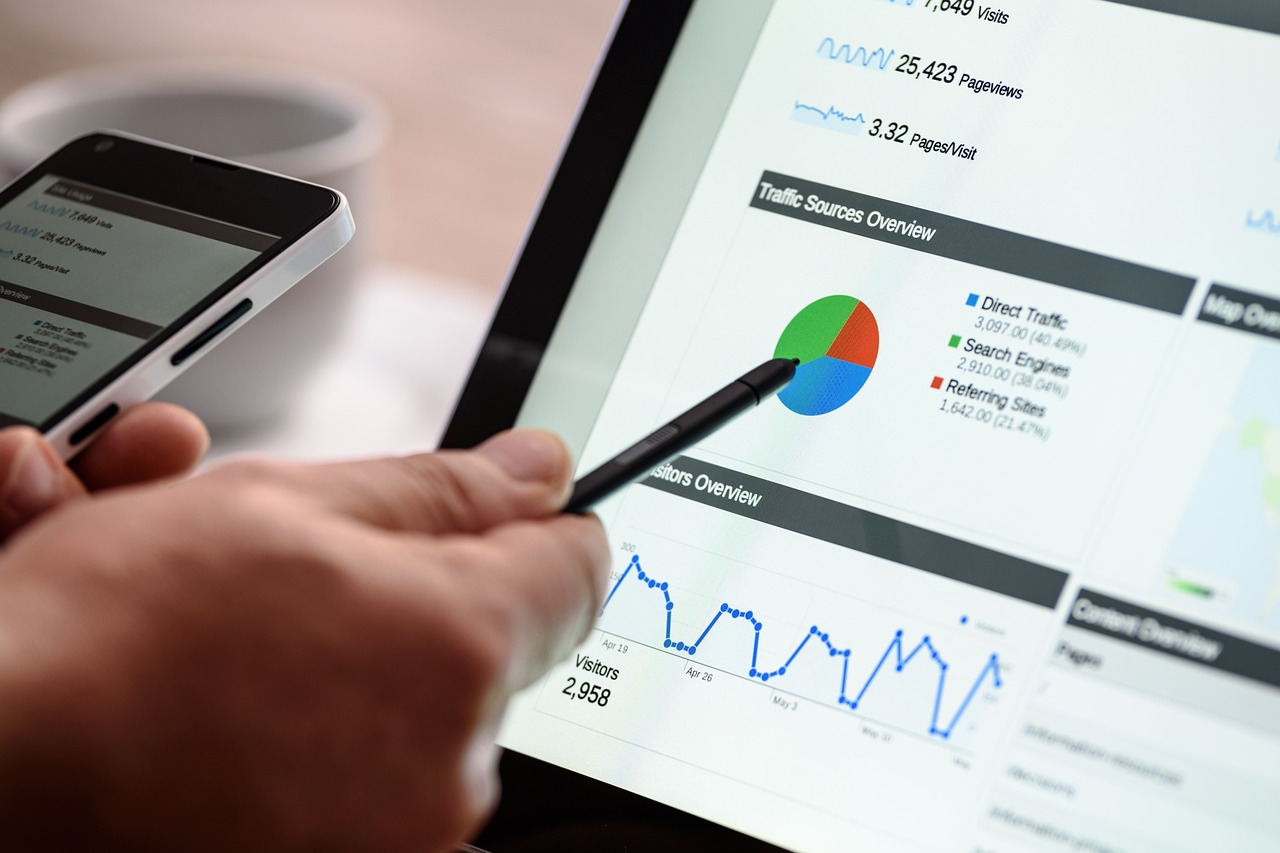As the digital realm continues to evolve, one thing remains constant: the power of organic search in steering the course of website traffic. In today’s landscape, where the art of search engine optimization (SEO) takes center stage, there’s a new frontier emerging—the art of crafting landing pages that resonate with user intent. These pages hold the key to not only capturing potential leads but also nurturing them into devoted customers. Join us on this journey as we unravel the significance of user intent and discover how strategically designed landing pages can unlock the treasure trove of high-intent traffic, leading to a surge in revenue like never before.
Unpacking the Essence of User Intent
Intent marketing revolves around the identification and harnessing of this crucial intent, effectively converting it into revenue to propel business expansion. Consumers displaying high purchase intent have moved beyond the research phase; they are actively in pursuit of specific products or services. This distinction is paramount, serving as the divide between low-intent queries such as ‘beginner cooking ideas’ and high-intent searches like ‘top 10 best non vegetarian cooking classes near me.’ The inclination to make a purchase underscores the importance for retailers to guide search engine users toward the most relevant virtual destinations. In simpler terms, businesses must streamline the digital pathway through which consumers access their local web pages, which serve as digital extensions of their physical establishments.
Fine-Tuning Landing Pages to Match User Intent
Intent-driven landing pages are tailored to align with user queries, particularly when catering to local audiences seeking quick and accessible solutions. These pages assume a pivotal role in such scenarios. Crafting location-specific landing pages requires meticulous attention to schema, keywords, and pertinent information, ensuring they secure prominent placements on search engine results pages (SERPs). Consequently, the strategic alignment of search-optimized location pages with popular search terms becomes indispensable for maximizing traffic capture.
For brick-and-mortar retailers, the provision of essential details such as store hours, product availability, and precise directions assumes heightened significance. The more the content on these location-specific landing pages resonates with local preferences, the greater the likelihood of conversions. Furthermore, if these pages feature promotions or offers tailored to the local audience, the chances of enticing consumers to visit and make purchases increase substantially.
Beyond delivering relevant content and information, local businesses must recognize that the speed at which these location-level pages load and present themselves is a critical factor in impressing consumers. Thus, optimizing these pages for speed becomes paramount, contributing to a positive user experience and heightened purchase intent. The research underscores this, indicating that websites loading within a single second enjoy conversion rates three times higher than those taking five seconds to load. By leveraging intent-optimized, fast-loading local webpages, retailers can seize a larger share of traffic, facilitate seamless user interactions, and ultimately drive more conversions.
Concluding Thoughts
Organic search represents a valuable asset as the leading source of web traffic. To tap into this resource, emphasizing the creation of intent-focused landing pages can exert a substantial influence on business prospects, especially within local spheres. Through the strategic alignment of landing pages with user intent, the incorporation of schema markup, and the optimization of loading speed, retailers can elevate their search rankings, attract pertinent traffic, and ultimately drive conversions.


